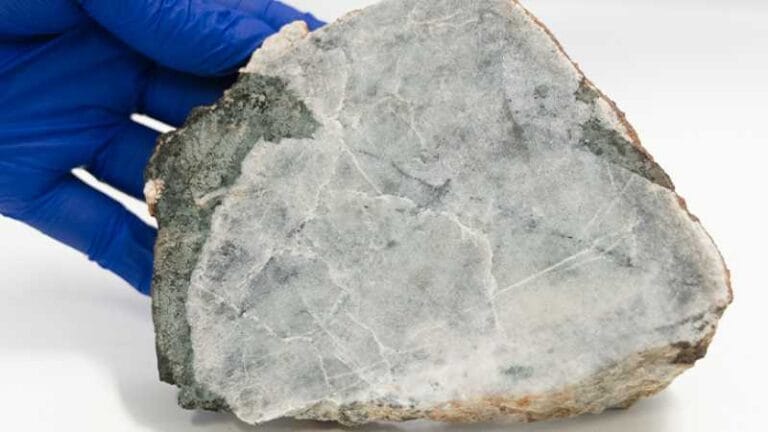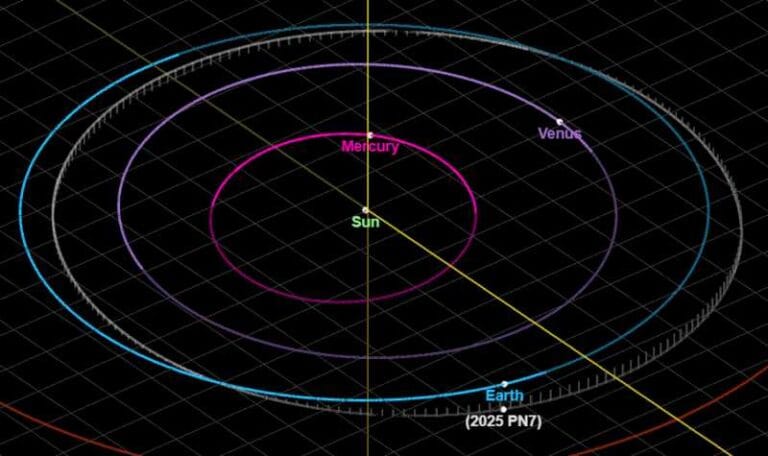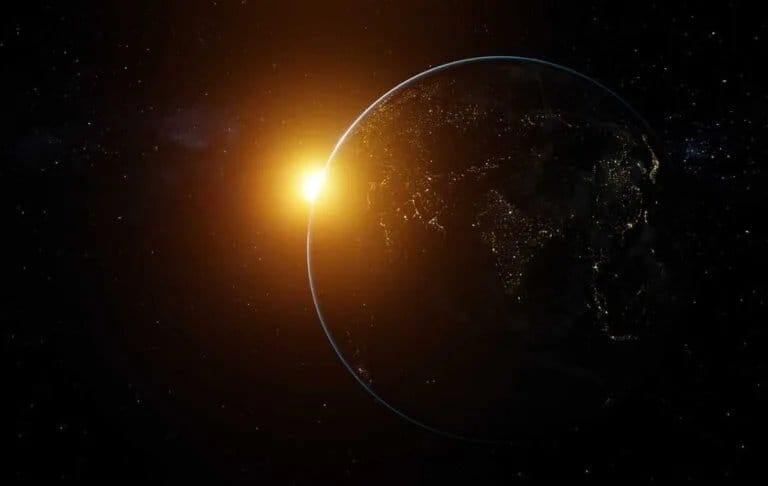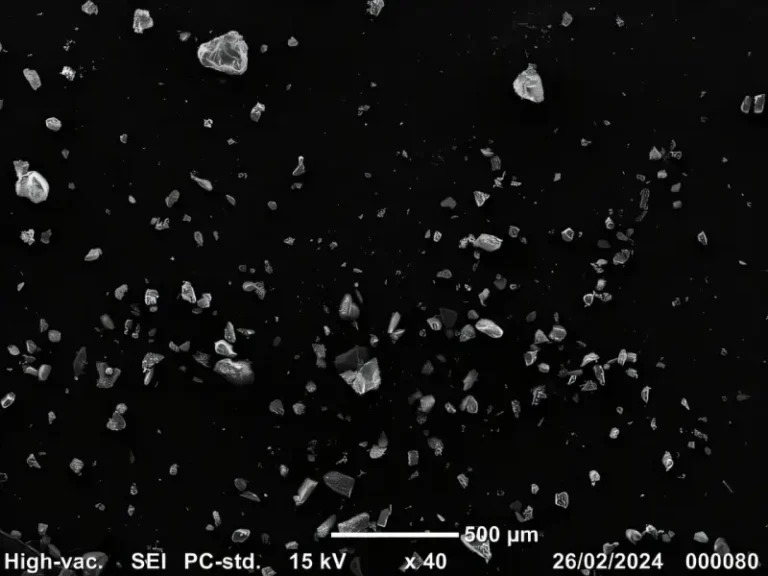SPHERE Debris Disk Gallery: Revealing Clues of Dust and Small Bodies in Distant Solar Systems
Observations made with the SPHERE instrument on ESO’s Very Large Telescope have produced an unprecedented gallery of “debris disks” in exoplanetary systems. Gaël Chauvin (Max Planck Institute for Astronomy), SPHERE project scientist and…










